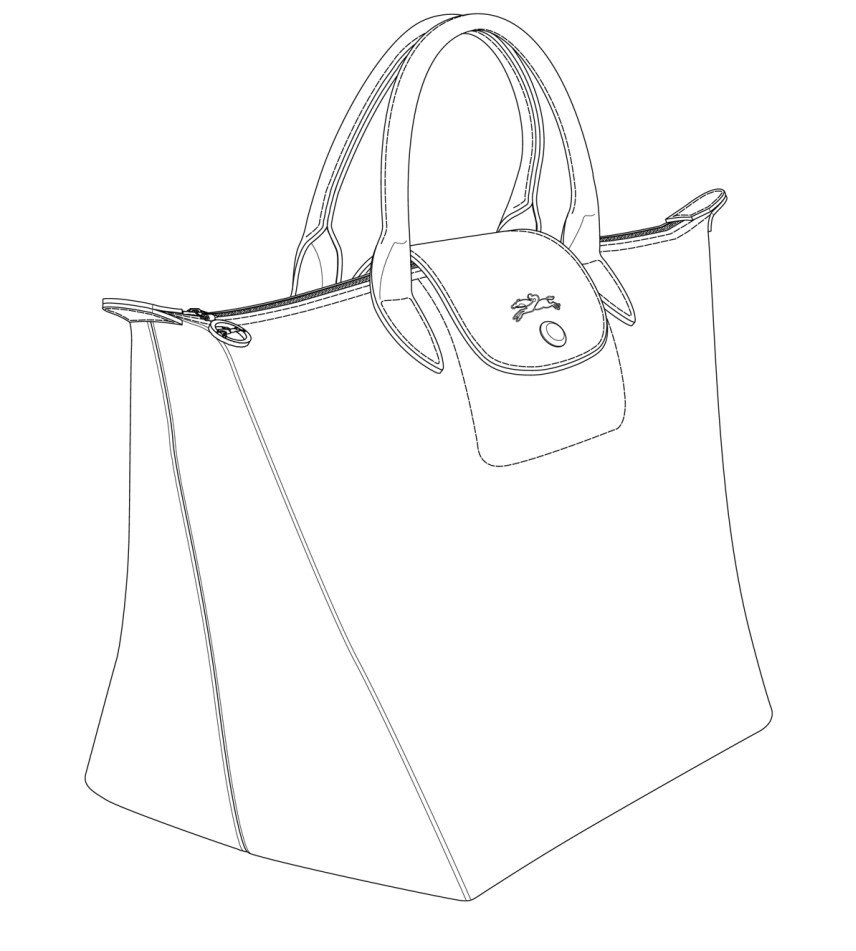The protection of a shape trademark: the “Le Pliage” case
The Court of Milan has recently issued sentence no. 10280/2021 on the protection of three-dimensional trademarks corresponding to the shape of the well-known bags “Le Pliage”.
The judgement followed a preliminary proceeding initiated by the owner and licensee of the trademark rights against a company that marketed similar bags. Below is a comparison of the applicant’s trademark, on the one side, and the defendant’s bag on the other side.
During the preliminary proceedings the parties had apparently settled the dispute in front of the judge. On that occasion, the defendant had recognised the applicants’ exclusive rights to the trademark in question and had undertaken to stop marketing its bags, to destroy those in its warehouse, and to continue negotiations on damages. However, the defendant had later continued to market the bags and abandoned negotiations on damages.
According to the rights owners, the first model of the “Le Pliage” bags dates back to 1993 and has since been extensively marketed internationally and been the subject of substantial advertising investments, with over 54 million pieces sold all over the world. All this would demonstrate the distinctiveness and reputation of the relevant three-dimensional trademark. In addition, the unique design of the bags would enjoy protection pursuant to art. 2(1)(10) of the Italian copyright law, as it would meet the necessary requirements of creative character and artistic value.
At the end of the ordinary proceeding, which the defendant did not join, the judges held that the three-dimensional mark corresponding to the shape of the “Le Pliage” bags deserved protection. The Court based its decision on the fact that, as from 2015, registration, was obtained for two three-dimensional trademarks claiming the original characteristics of the bag. The Court therefore concluded that, by commercialising its bags, the defendant had infringed these trademarks and committed unfair competition for slavish imitation under Article 2598 no. 1 of the Italian Civil Code.
The judges did not grant to the plaintiffs the protection provided by article 2(1)(10) of the Italian copyright law. According to the Court, in fact, the requirement of artistic value had not been proved as no evidence of any recognition by cultural and institutional circles, exposure in exhibitions or museums, publication in specialist magazines, obtaining of prizes or a high market value had been submitted.
The judges finally issued an injunction pursuant to art. 124 of the Italian Code of Industrial Property enjoining the further production, marketing, sale and advertising of the defendant’s goods. At the same time, they ordered that the counterfeit bags be permanently withdrawn from sale, with a penalty being set in the event of a delay in compliance.



